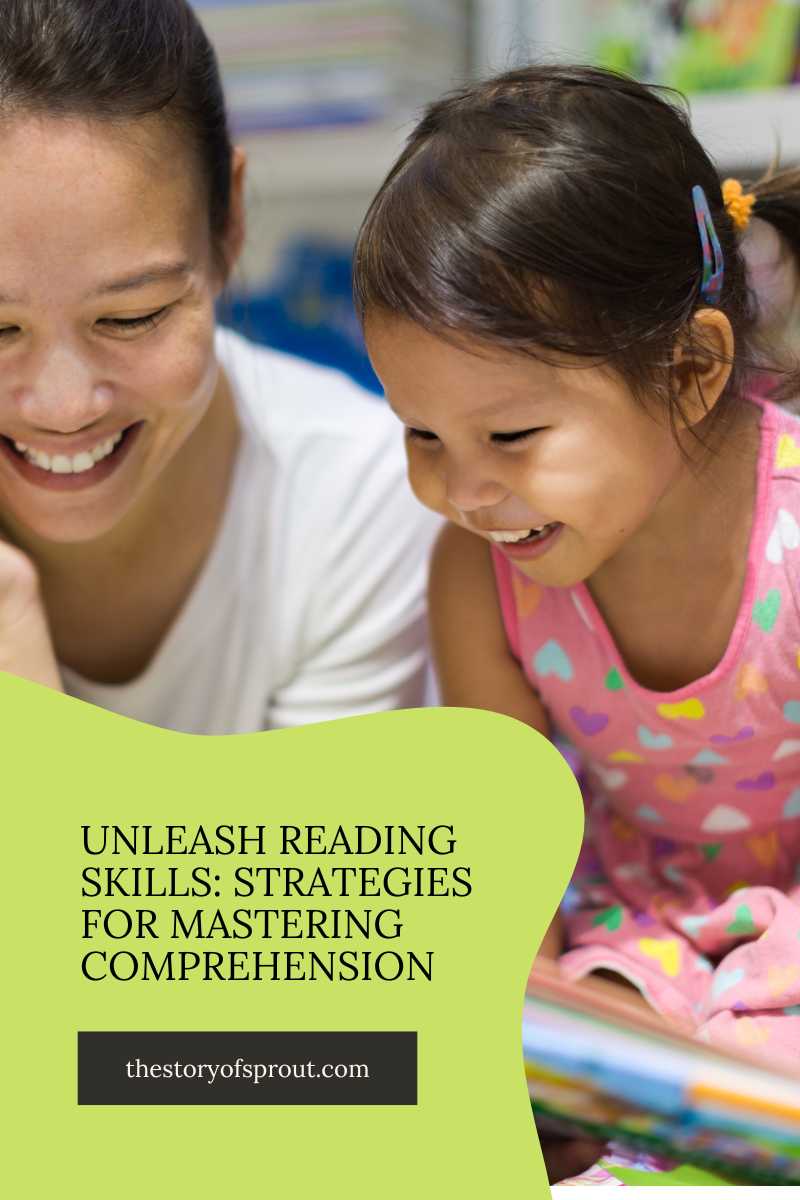
Unleash Reading Skills: Strategies for Mastering Comprehension
|
|
Time to read 5 min
|
|
Time to read 5 min
In the vast landscape of education, one skill stands out as fundamental to success across all subjects and disciplines: reading comprehension. At its core, reading comprehension is the ability to understand, analyze, and interpret written text. It is the gateway to knowledge, enabling individuals to absorb information, think critically, and communicate effectively. In this blog post, we delve deep into the realm of reading, exploring a plethora of strategies to enhance this vital skill and empower readers of all ages.
Table of content
Reading comprehension is more than just decoding words on a page; it encompasses a multifaceted process of extracting meaning from text. It involves not only understanding the literal meaning of words but also grasping the underlying concepts, making connections, and drawing conclusions. In essence, reading comprehension is the foundation of literacy, serving as a bridge between words and understanding.
Before diving into a text, employing effective pre-reading strategies can set the stage for better comprehension. Activating prior knowledge involves recalling relevant information related to the topic at hand, priming the brain to make connections and associations. Previewing text features, such as headings, subheadings, and illustrations, provides valuable context and aids in predicting the content of the text. Additionally, setting clear reading purposes helps focus attention and guide comprehension efforts. Some key pre-reading strategies include:
As readers engage with a text, employing active reading techniques can enhance comprehension.
After completing a text, engaging in post-reading strategies can solidify understanding and reinforce learning. Summarization techniques, such as retelling the main points, creating graphic organizers, or writing concise summaries, help distill complex information into digestible chunks. Reflecting on understanding involves evaluating what was learned, making inferences based on the text, and predicting potential sequels or outcomes.
Additionally, there are several effective post-reading activities that can enhance comprehension and retention:
Discussion and application of the text's content further cement comprehension and facilitate deeper engagement. Group discussions allow readers to share insights, perspectives, and interpretations, fostering collaborative learning. Applying knowledge to real-life scenarios helps bridge the gap between theory and practice, making learning more relevant and meaningful.
Despite the benefits of reading and understanding strategies, learners may encounter challenges along the way. Vocabulary barriers can impede understanding, making it difficult to grasp the meaning of unfamiliar words. Lack of background knowledge about a topic can also hinder comprehension, requiring readers to fill in gaps in their understanding. Additionally, distractibility and focus issues may disrupt the reading process, making it harder to maintain attention and concentration.
In today's digital age, technology offers a myriad of tools and resources to support reading comprehension. From interactive e-books to educational apps and online forums, technology can enhance engagement, provide immediate feedback, and cater to diverse learning styles. Digital literacy skills, including critical reading and information evaluation, are essential for navigating the vast sea of online content and discerning reliable sources from misinformation.
Effective reading comprehension strategies can be tailored to meet the needs of learners at different stages of development. For young readers in elementary school, emphasis may be placed on phonics instruction, vocabulary development, and story comprehension. Adolescent readers in middle and high school may benefit from strategies focused on text analysis, inference-making, and critical thinking. Adult learners may require support in developing advanced comprehension skills, such as synthesizing complex texts and evaluating arguments.
In conclusion, reading comprehension is a foundational skill that lays the groundwork for academic success and lifelong learning. By employing a variety of strategies before, during, and after reading, individuals can enhance their ability to understand, analyze, and interpret written text. From activating prior knowledge to reflecting on understanding, each step in the reading comprehension process contributes to a deeper appreciation and mastery of literacy. So, let us embark on this journey together, armed with knowledge and curiosity, as we unlock the power of reading comprehension and enrich our lives one page at a time.
And as you dive into the world of reading, why not explore the enchanting tale of "Sprout" by Richard P. Gleason? Join Sprout on his magical adventures, where imagination meets reality, and discover the joy of storytelling firsthand. Get your copy today and let your imagination soar!